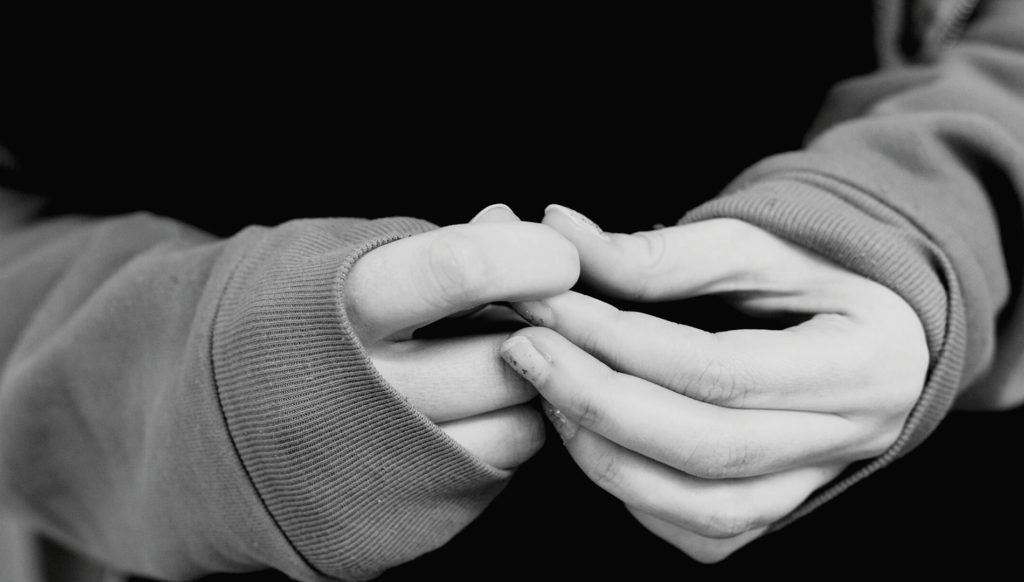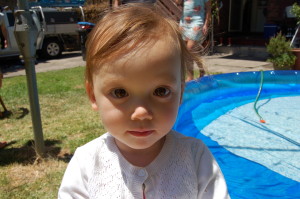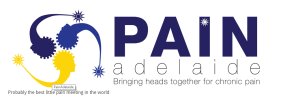Midwives are amazing creatures. Long before the advent of pain scientists, midwives have known a thing or two about pain:
- Fear about childbirth will increase the pain experienced
- A lack of knowledge will enhance fear
- Fear and anxiety can interfere with our body’s ability to function at its best
- People’s experience of the same painful stimulus varies incredibly across a population and is influenced by many factors
Similarly, long before the Moseley’s, Louw and Butlers of the pain world starting banging on about pain education, midwives knew that if a pregnant woman had a good understanding of the physiological processes that were going on in her body during pregnancy and labour, she was less likely to be distressed and anxious about these processes (aka-bringing a baby into the world!). Like in chronic musculoskeletal pain1, education and reassurance prior to childbirth has been shown to deliver significantly better clinical outcomes, in terms of reductions in interventions and mental health outcomes2,3 .
In some pockets of the community internet (and Northcote), there is a sense that natural, drug free childbirth is a reflection of a mother’s mother-liness (is there such a word?) and that if she had to have a caesarian section, she just wasn’t trying hard enough/allowed those wretched doctors to violate her/ didn’t read the right books or do the right course. They can also convey the idea that not achieving (or aiming for) natural birth will mean a lack of bonding between mother and child or blah blah blah bollocks. There probably exists an argument on the other side of the fence that our caesarian rates are too high compared to the WHO recommended 10% and that we could be putting more attention on reducing the rates to a level that balances safety for mum and bub against the cost and complications that potentially accompany a surgical birth.
So, in honour of my beautiful sister-in-law who is about to give birth to my niece or nephew, I have penned a few thoughts about childbirth ….. and pain:
- Be careful whose advice you take… including mine! Childbirth is one of the most emotional experiences you will ever go through. It is rare for a woman to experience it and for it not to leave some kind of mark (not talking about stretch marks or episiotomy scars!) The emotional toll following childbirth, even in the “best” ones, can feel a little like PTSD (or a lot like PTSD in some cases). People will want to tell you their story, which is a natural reaction to such a big emotional event, and is an often an important debrief for them. They might want you to do things the way they did…. Or not do things the way they did. Then next woman might give you the complete opposite advice. Keep that in mind whilst politely listening to their stories. Remember that the horror stories will perpetuate much more so than the cruisy birth stories (Bad news sells much better than good news – ask any journalist!). Hearing these horror stories can contribute to your fear levels, even if only subconsciously.
- A little bit of knowledge goes a long way. Take your advice from someone you trust and who hopefully will be caring for you during the birth process. As I mentioned above, having a good understanding of the process is helpful to normalise the sensations that you will experience. The idea is hopefully that during the labour you can experience a level of acceptance of the process, rather than fighting the sensations and this will allow the labour to progress. As in other elements of healthcare, the rapport you have with your caregivers has an important effect on the clinical outcomes.
- Have realistic expectations. They call it labour for a reason – it is unlikely to be a walk in the park. On the other hand, if things go pear shaped, and interventions are needed, don’t get yourself in a twist worrying that things didn’t go to plan. Be grateful that we live in a country that offers safe and clean hospitals and well trained medical staff that can help you if you need it. A healthy and safe mum and bub have to be the first priority.
- Breathing is powerful. As in any other event where pain might be present, deep breathing and other relaxation techniques can be an effective tool with no risks or side effects. The evidence, although not particularly comprehensive on the subject, suggests that relaxation techniques can help reduce the incidence of instrumental delivery4. Deep breathing helps to engage the parasympathetic nervous system, which can help initiate the body’s own pain modulation. Most protocols suggest practising the techniques in the weeks leading up to delivery.
- Set up your support team well. Let them know your thoughts and values around delivering your baby and trust that during the process they can advocate for you well, so you can focus on…. other things… probably breathing. Arm your supporters with the same reassuring education material – they can help normalise things for you, when things feel anything but normal. This will help keep the fear out of the process.
- Try a TENS machine and heat packs, especially in early labour. It’s pain science in action! You can often hire the TENS units so that you don’t have to buy them. For the heat packs, it can be helpful to have a few on the go so that you can rotate them for re-heating.
- Those in science and healthcare have a solid understanding of the “shit happens principle”. It can be helpful to get on board with this one. It says that sometimes, despite doing all the right things, they don’t always go as intended. So whilst the stats might say that doing your relaxation and breathing, staying active during labor and educating yourself will improve your chances of a vaginal delivery, they don’t speak for the individual….. and hence, shit happens. Sometimes we just can’t be in control of everything and it is best to go with the flow. Trust that your caregivers are making the decisions in yours and your baby’s best interests.
I could go on….. but instead, let me tell you about the birth of MY first child………….
- Mosely, L., Nicholas, M., & Hodges, P. (2004). A randomized controlled trial of intensive neurophysiology education in chronic low back pain. Clincal Journal of Pain. 20( 5),324-332
- Johnson R, Slade P. (2002). Does fear of childbirth during pregnancy predict emergency caesarean section? British Journal of Obstetrics and Gynaecology, 109(11):1213– 1221.
- Toohil, J., Fenwick, J., Gamble, J., Creedy, D., Buist, A., Turkstra, E., & Ryding, E. (2014). A randomized controlled trial of a psycho-education intervention by midwives in reducing childbirth fear in pregnant women. Birth, 41(12), 384- 395.
- Jones, L., Othman, M., Dowswell, T., Alfirevic, Z., Gates, S., Newburn, M., Jordan, S., Lavender, T., & Neilson, J. (2012). Cochrane Database Systematic Review, Mar 14;3:CD009234. doi: 10.1002/14651858.CD009234.pub2. Review.









